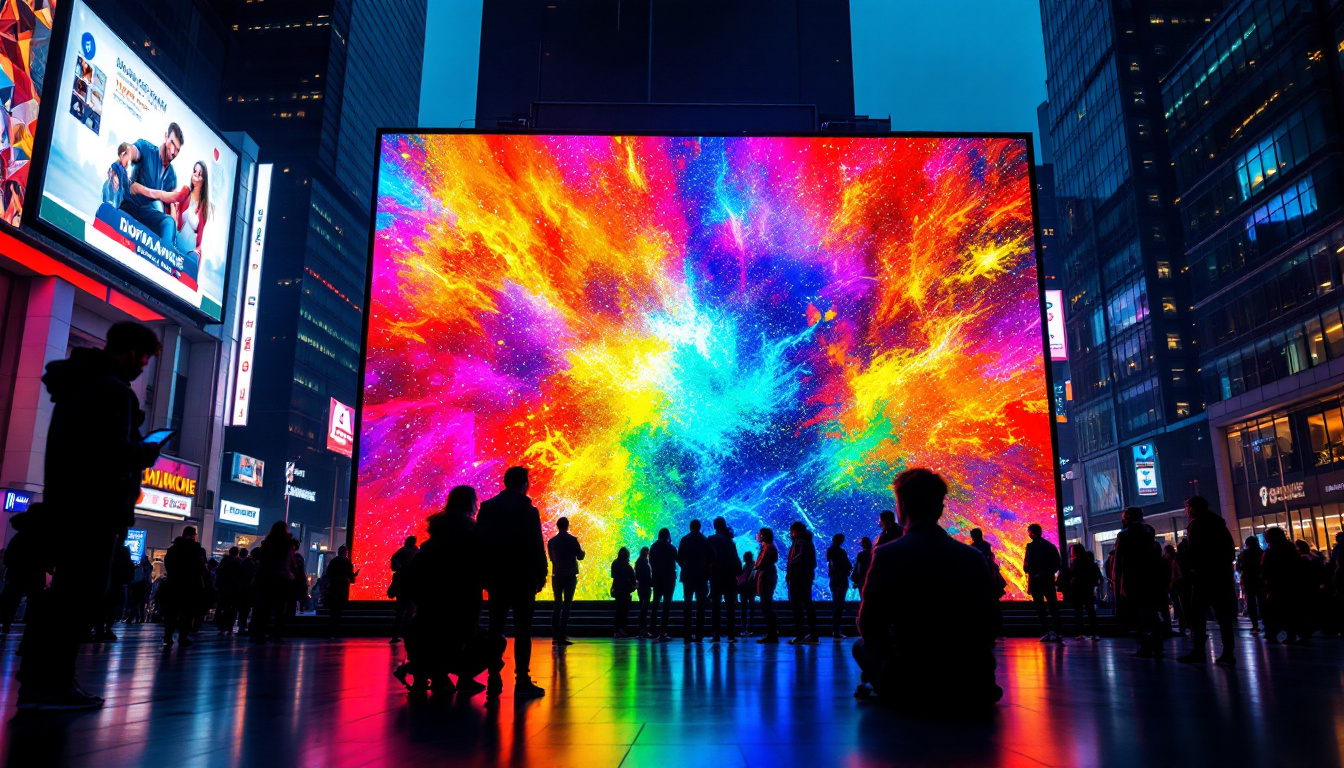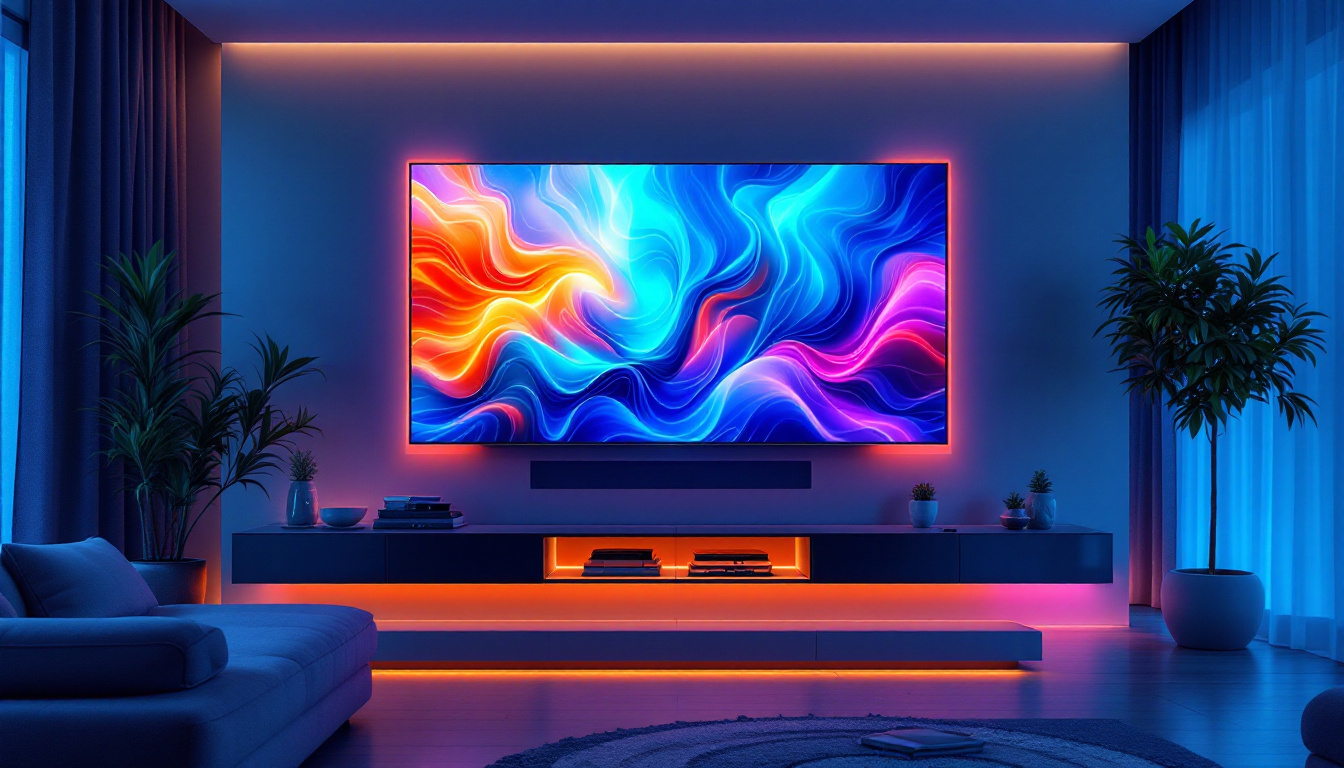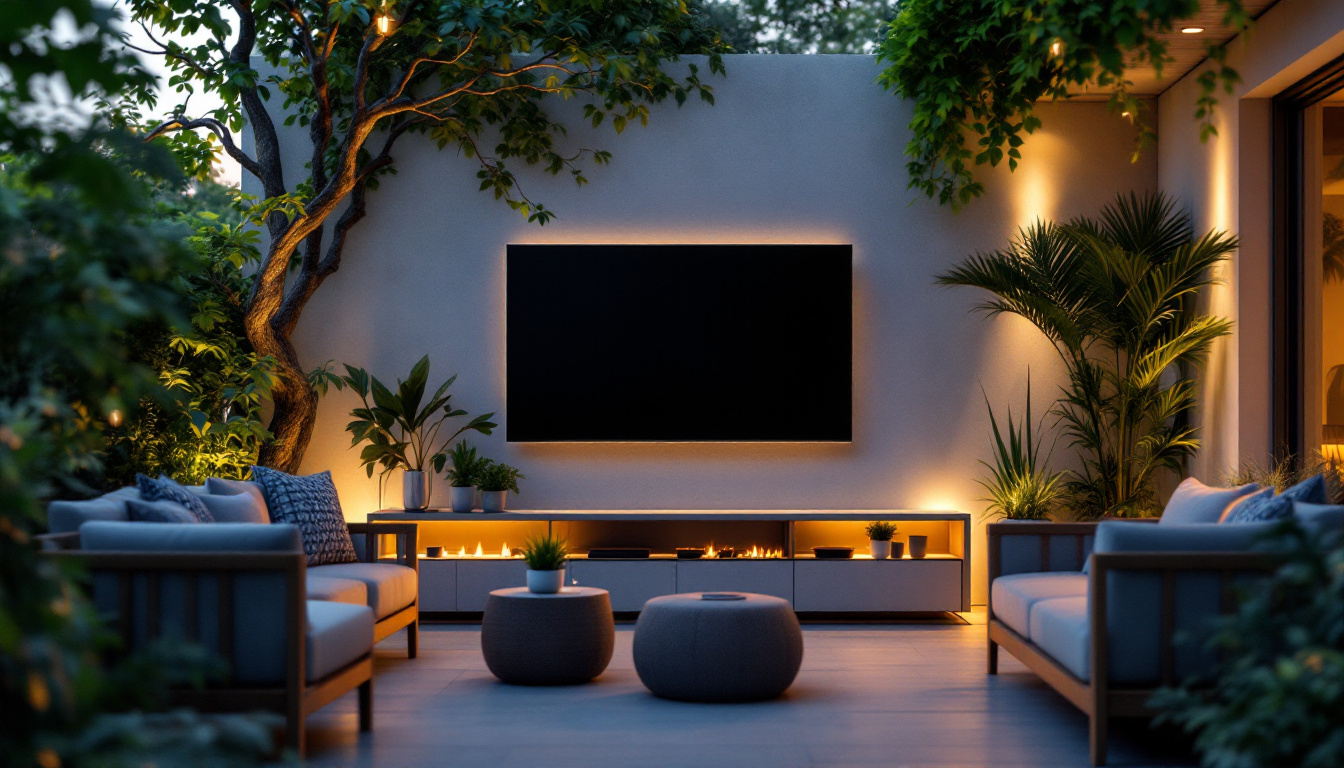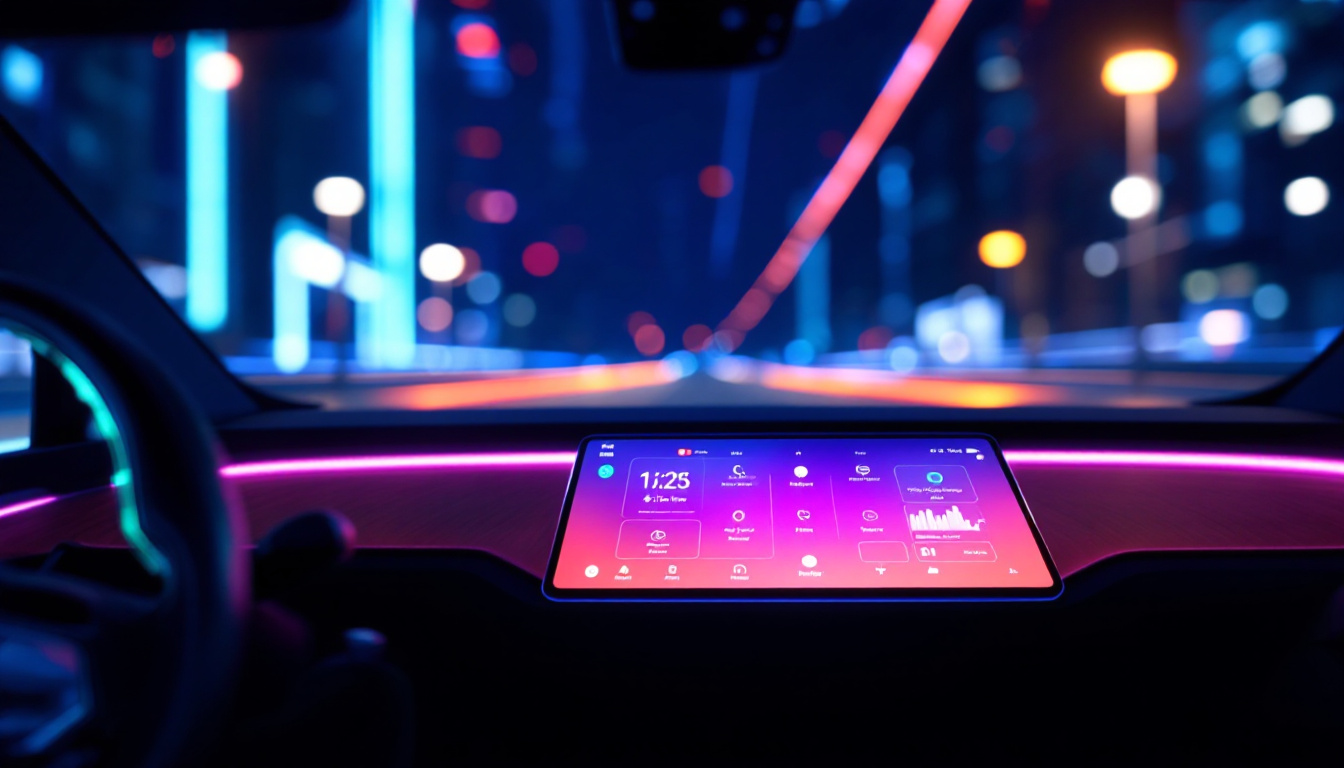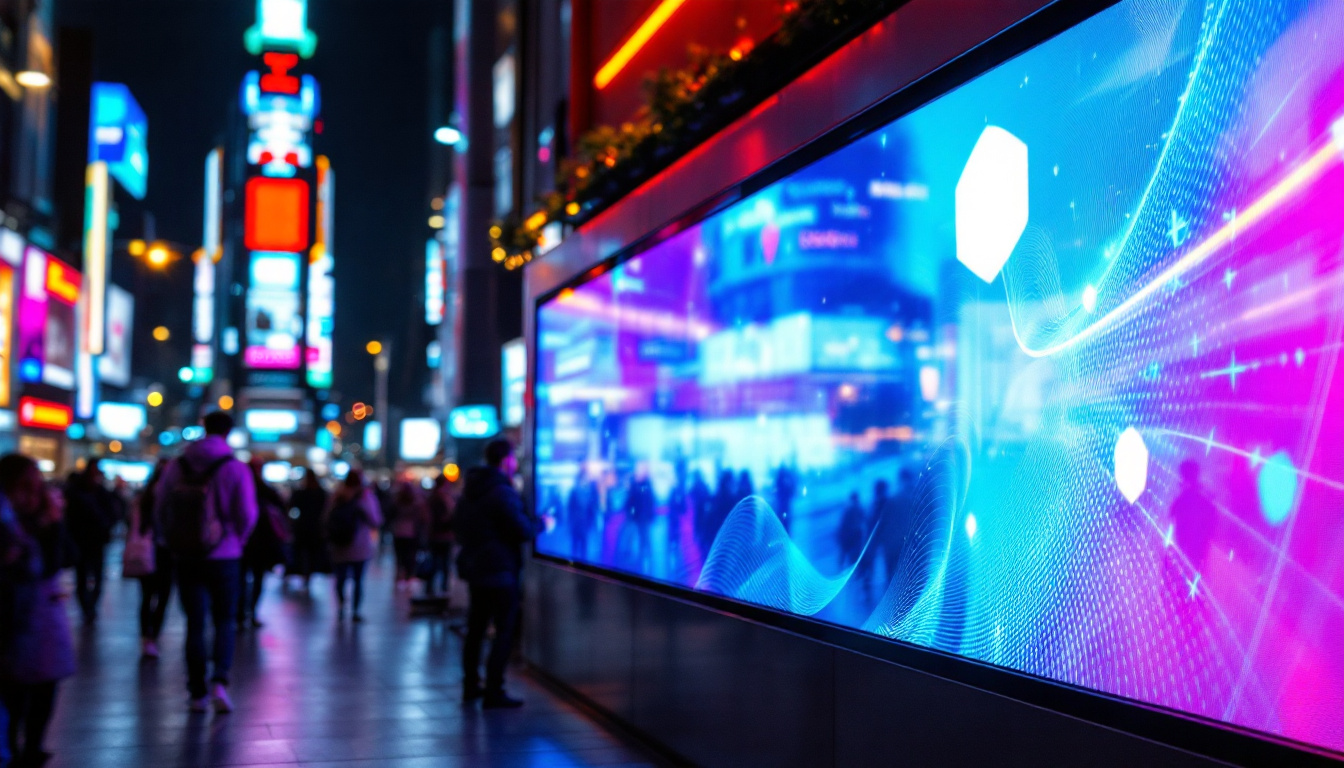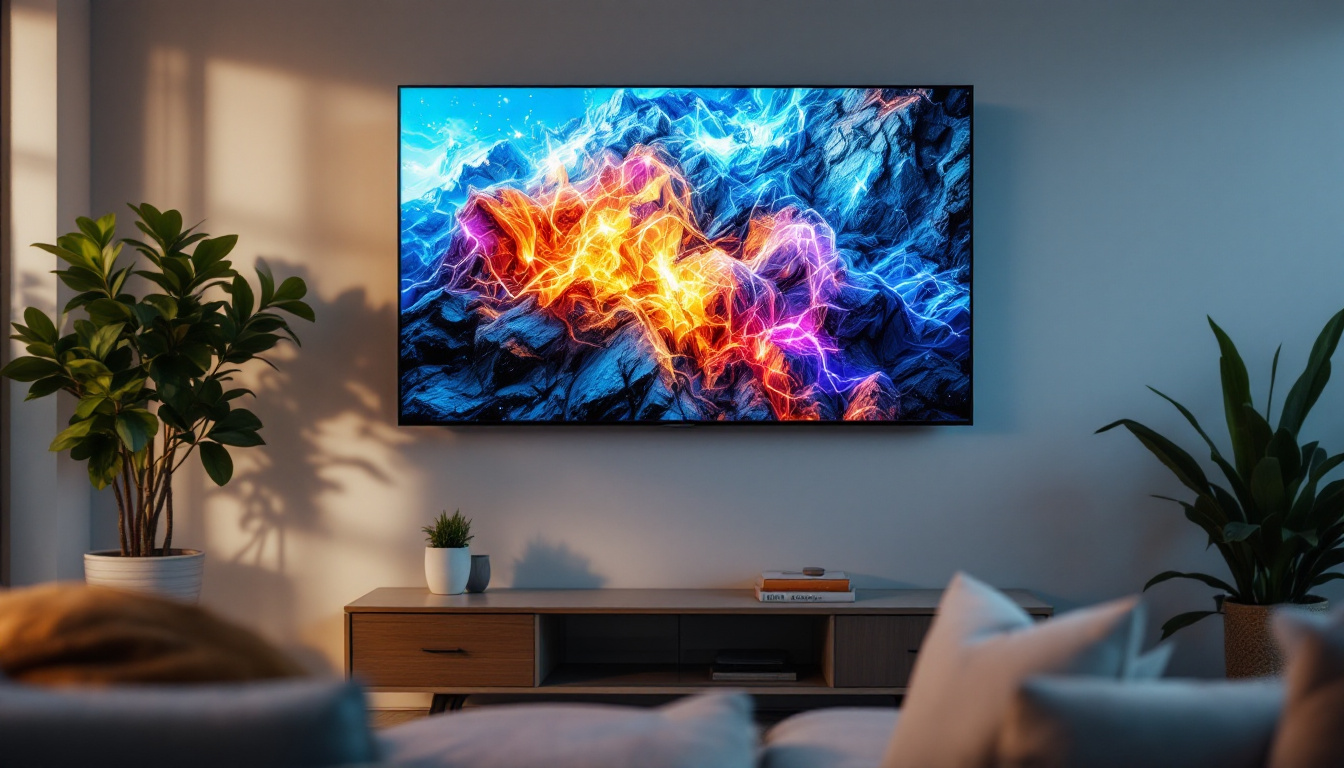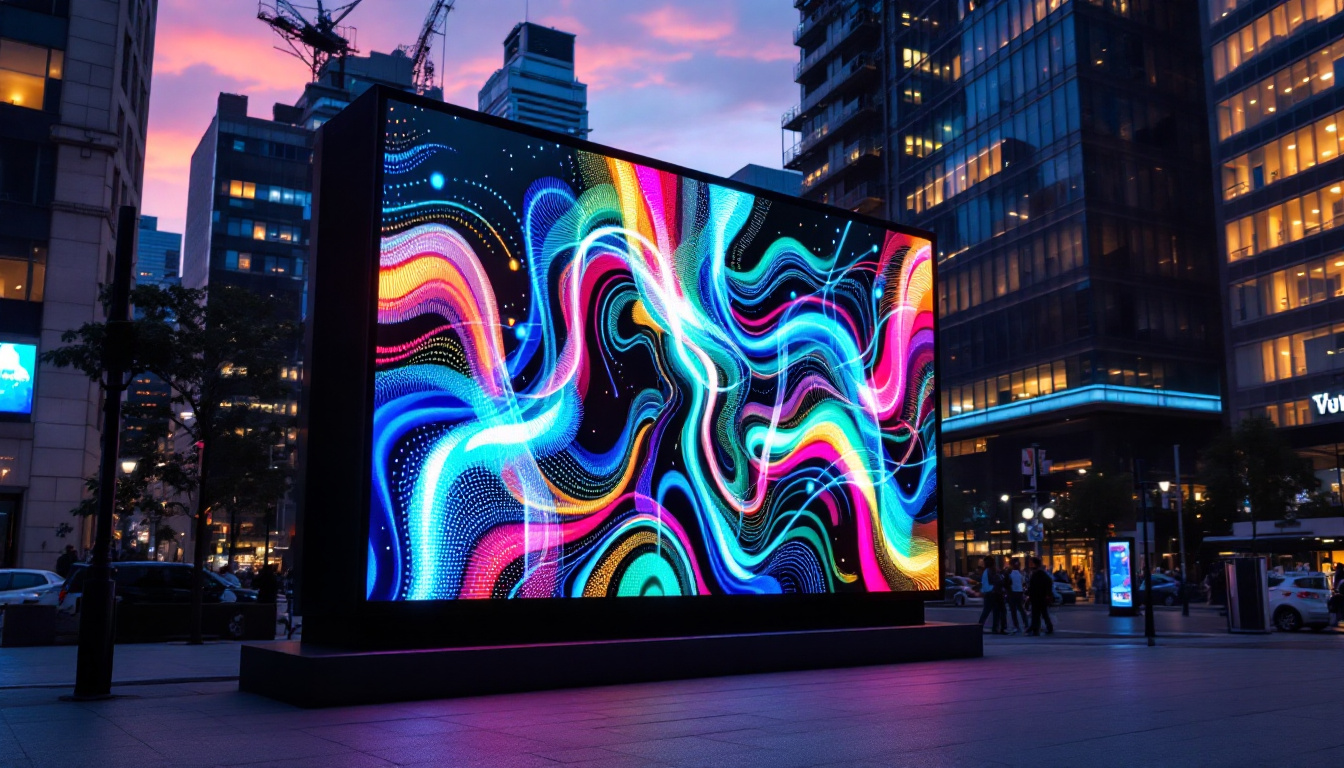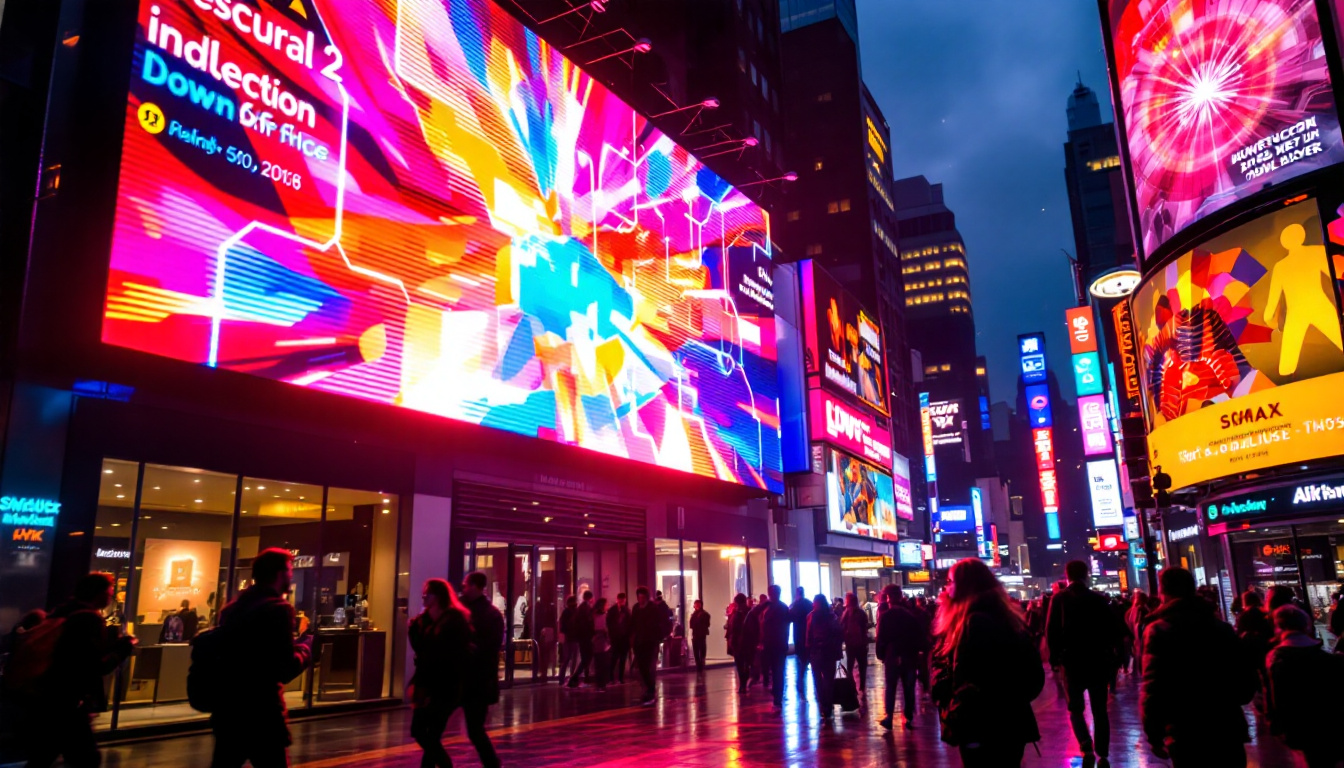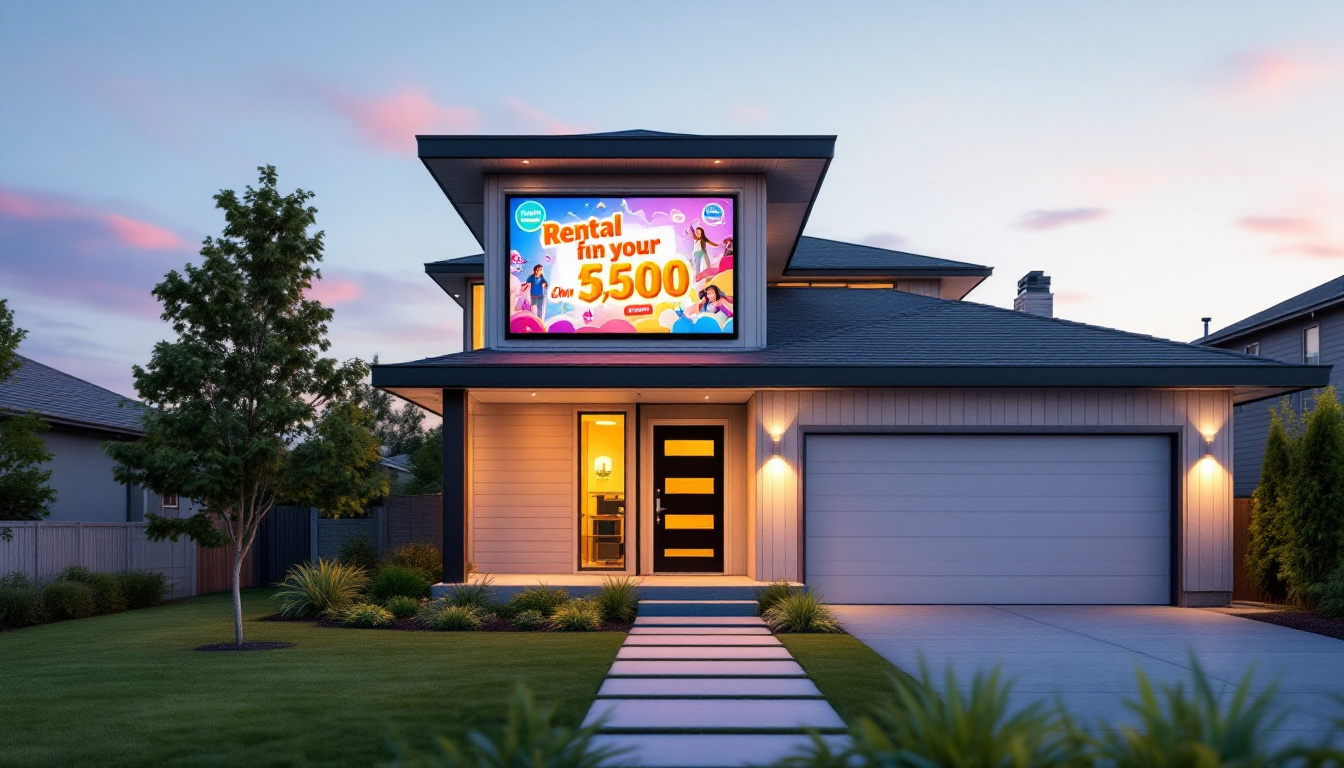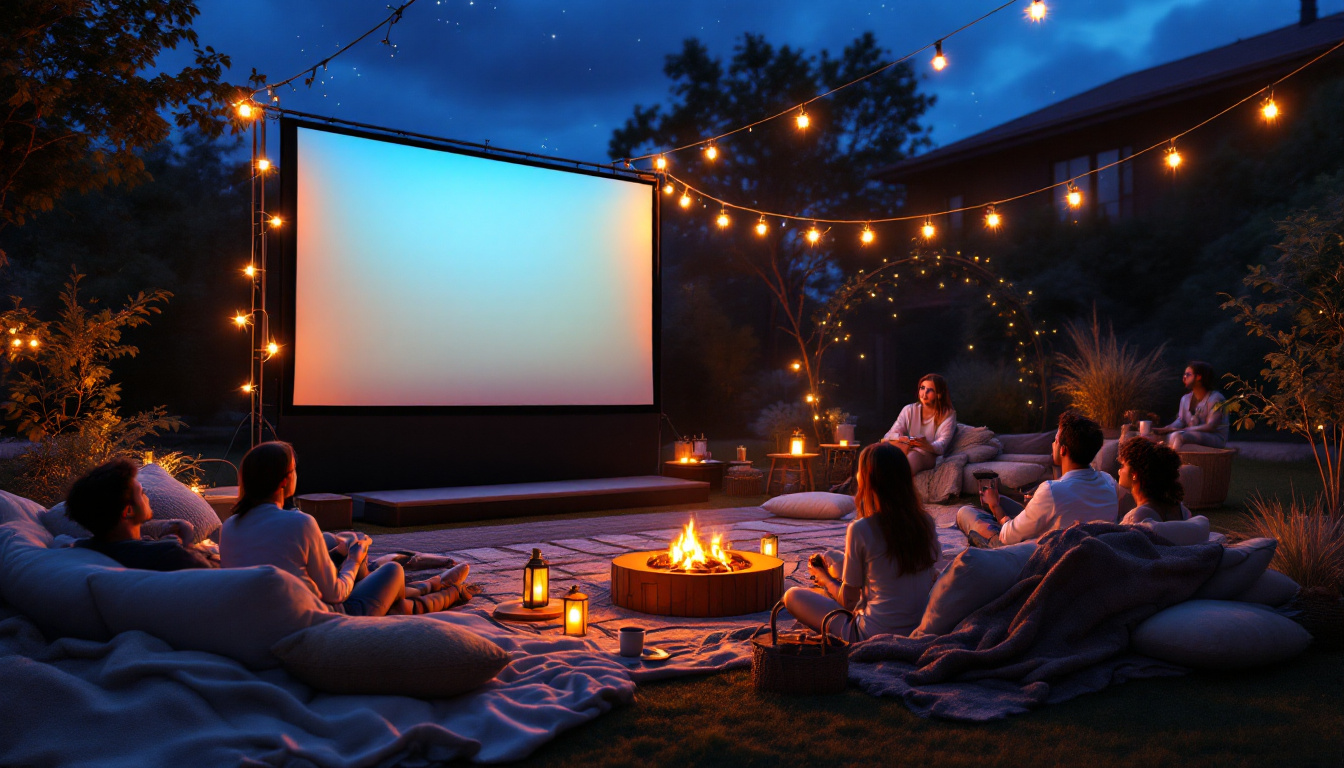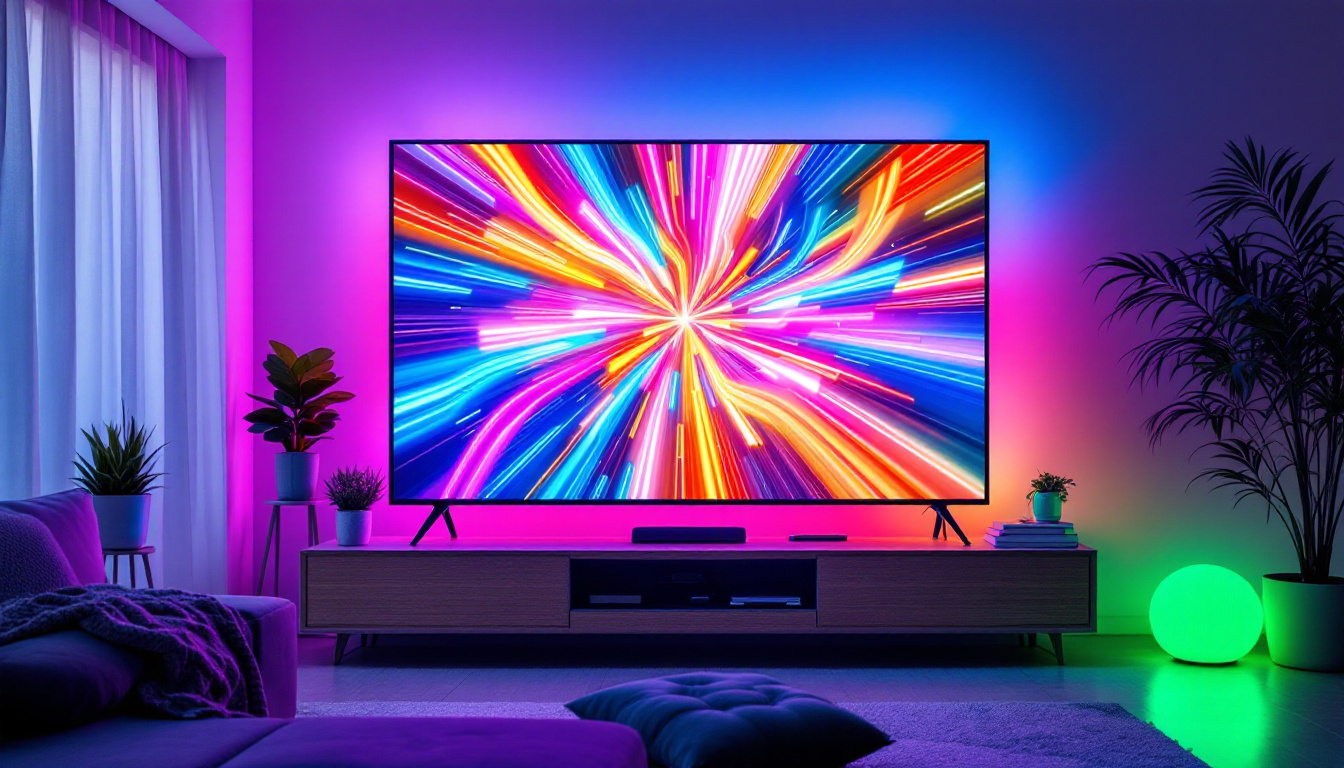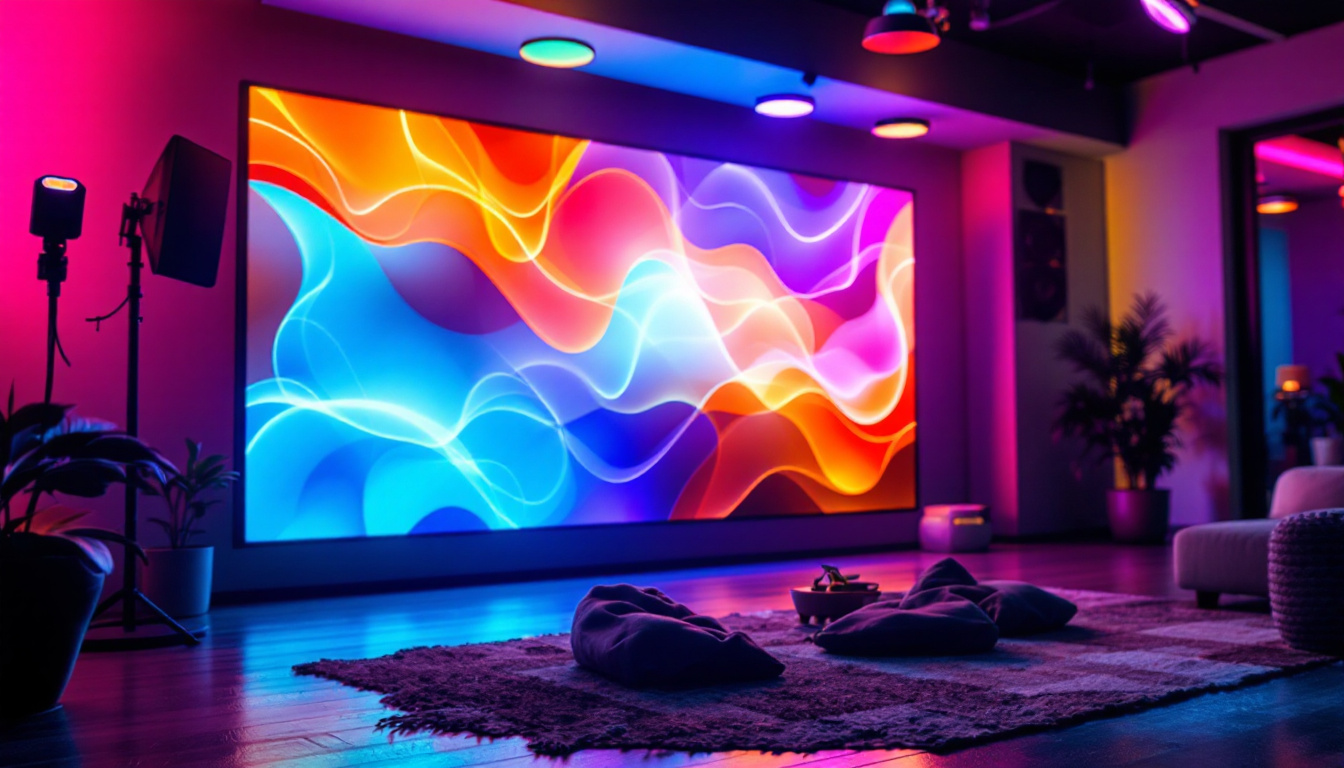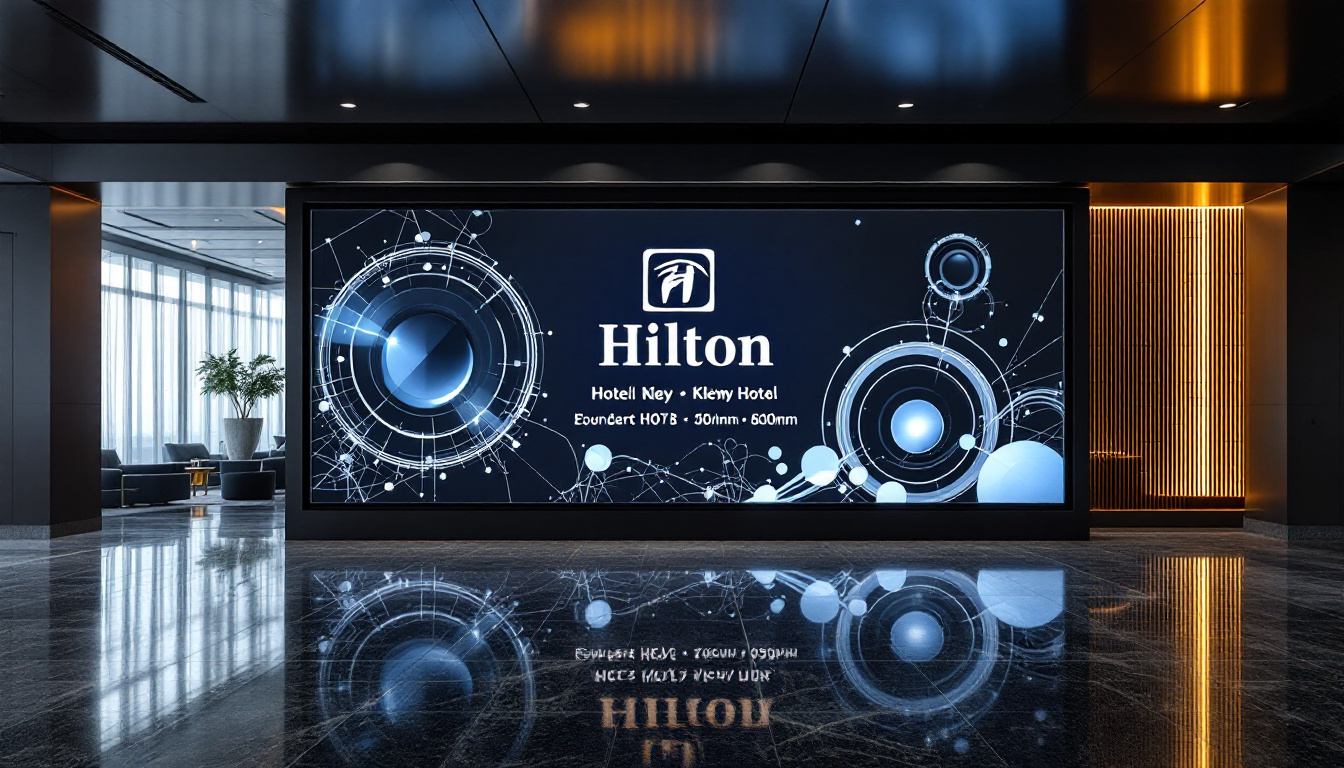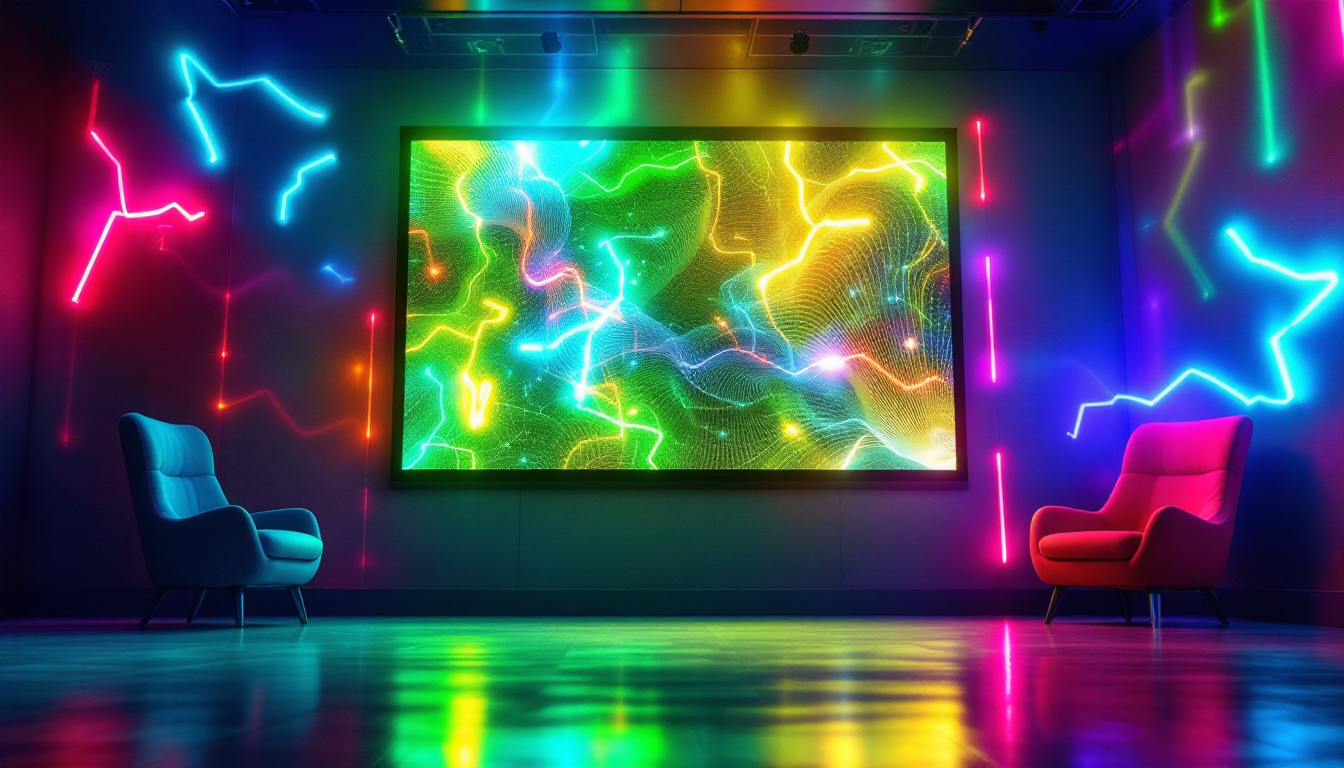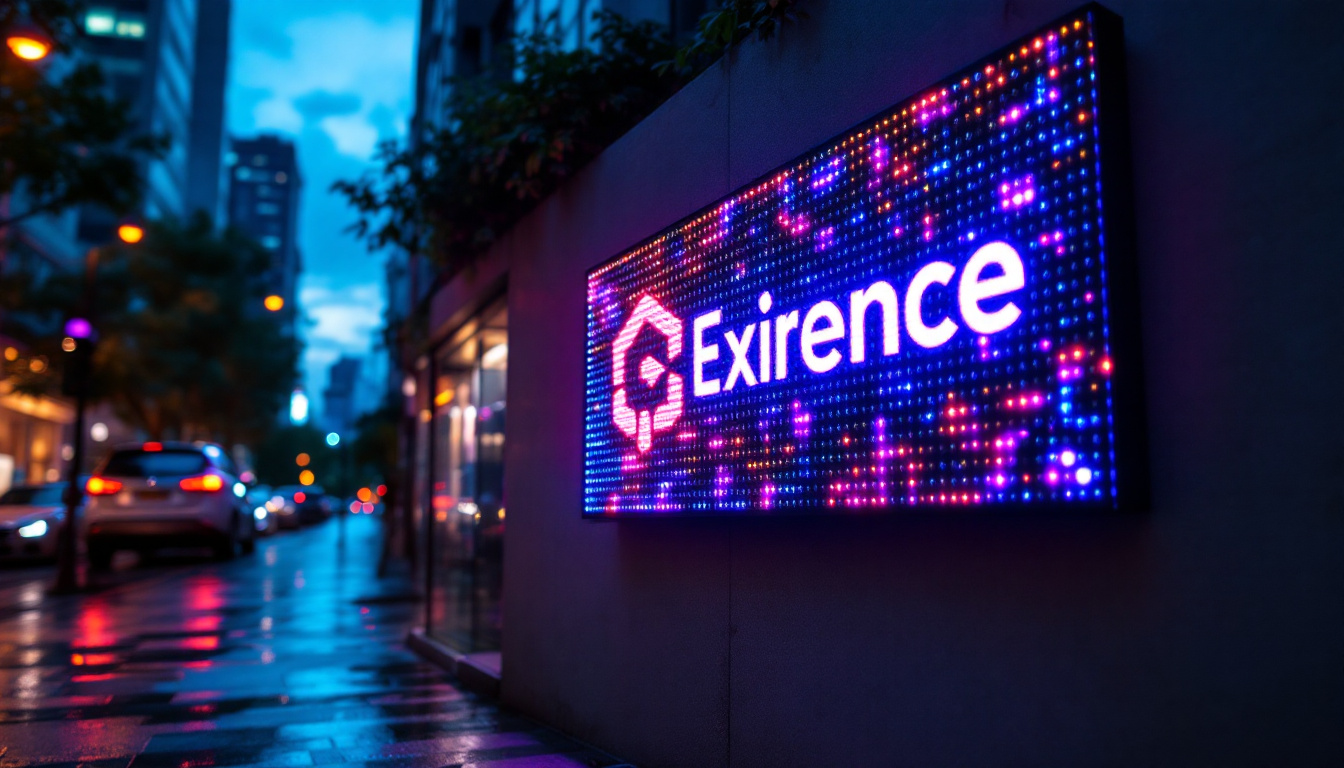In the world of advertising and communications, the evolution of display technology has transformed how messages are conveyed to audiences. Among the most innovative solutions are LED displays, particularly those mounted on display trailers. This article delves into the intricacies of LED displays, their applications, advantages, and the technology behind them.
Understanding LED Displays
LED, or Light Emitting Diode, displays have become a staple in modern advertising due to their vibrant colors and high visibility. These displays utilize semiconductor technology to emit light when an electric current passes through them. Unlike traditional displays, LED technology offers numerous benefits that have made it the preferred choice for outdoor advertising. Their energy efficiency, longevity, and low maintenance requirements further enhance their appeal, making them a cost-effective solution for businesses looking to maximize their advertising impact.
How LED Displays Work
At the core of an LED display is a matrix of tiny light-emitting diodes. Each diode can be turned on or off independently, allowing for the creation of dynamic images and videos. The combination of red, green, and blue diodes enables a full spectrum of colors to be displayed, making the visuals striking and engaging. This versatility allows for creative and eye-catching designs that can capture the attention of passersby, making LED displays an essential tool for marketers.
The control system of an LED display is equally important. It receives signals from a media player or computer, translating digital content into a format that can be displayed. This allows for real-time updates, making it possible to change advertisements or information on the fly, which is particularly useful for businesses that need to adapt their messaging quickly. Additionally, many modern LED displays come equipped with advanced software that enables scheduling, remote management, and even integration with social media feeds, enhancing interactivity and engagement with the audience.
Types of LED Displays
LED displays can be categorized into various types based on their application and design. The two primary types are:
- Indoor LED Displays: These are designed for use in enclosed spaces, offering high resolution and brightness suitable for close viewing distances. They are commonly used in shopping malls, airports, and conference centers. Indoor displays often feature finer pixel pitches, which contribute to sharper images and clearer text, making them ideal for environments where viewers are in close proximity.
- Outdoor LED Displays: Built to withstand environmental conditions, outdoor displays are larger and brighter, ensuring visibility even in direct sunlight. They are typically used for billboards, event promotions, and public announcements. These displays are engineered to resist weather elements such as rain, wind, and extreme temperatures, often incorporating protective coatings and robust housing to ensure longevity and reliability.
Furthermore, within these categories, there are specialized LED displays such as transparent LED screens, which allow for visibility through the display itself, and flexible LED panels that can be shaped to fit unique designs. These innovations are pushing the boundaries of what is possible with LED technology, enabling creative installations that not only serve advertising purposes but also enhance architectural aesthetics. As the technology continues to evolve, the potential applications for LED displays expand, making them an exciting area of development in the advertising and design industries.
Display Trailers: The Mobile Solution
Display trailers equipped with LED screens have revolutionized how businesses approach advertising. These mobile units offer flexibility and reach, allowing brands to connect with audiences in various locations. The concept of display trailers combines the advantages of LED technology with mobility, making it an attractive option for many advertisers.
Features of Display Trailers
Display trailers come with a range of features designed to maximize their effectiveness:
- Mobility: The primary advantage of display trailers is their ability to be transported easily. This mobility allows advertisers to set up in high-traffic areas, increasing visibility and engagement.
- Customizable Content: With advanced software, businesses can customize their content to suit different audiences and locations. This adaptability is crucial for targeting specific demographics effectively.
- High-Quality Visuals: Equipped with high-resolution LED screens, display trailers ensure that advertisements are vibrant and eye-catching, capturing the attention of passersby.
Applications of Display Trailers
Display trailers are versatile and can be used across various industries. Some common applications include:
- Event Promotions: Display trailers are often used at festivals, concerts, and sporting events to promote upcoming activities and provide real-time updates.
- Retail Advertising: Retailers can use display trailers to showcase sales, new products, or special events, effectively reaching potential customers in busy areas.
- Public Announcements: Local governments and organizations utilize display trailers for community announcements, emergency alerts, and public service messages.
In addition to these applications, display trailers can also play a significant role in brand storytelling. By integrating dynamic video content, businesses can create immersive experiences that resonate with their audience on a deeper level. For instance, a company launching a new product can use a display trailer to narrate the story behind the product, showcasing its development process, benefits, and real-life applications. This not only captures attention but also fosters a connection between the brand and its consumers.
Moreover, display trailers can be strategically placed in areas where traditional advertising methods may fall short. For example, in a bustling urban environment, a display trailer can serve as a mobile billboard, reaching commuters stuck in traffic or pedestrians waiting at crosswalks. This unique positioning allows for prolonged exposure to the advertisement, enhancing recall and engagement. As technology continues to advance, the potential for interactive features, such as QR codes or social media integration, further amplifies the effectiveness of display trailers, making them an indispensable tool in modern advertising strategies.
The Advantages of LED Display Trailers
Utilizing LED display trailers offers numerous advantages that can significantly enhance marketing strategies. Understanding these benefits can help businesses make informed decisions about their advertising methods.
Cost-Effectiveness
While the initial investment in LED technology may be higher than traditional advertising methods, the long-term savings are substantial. LED displays consume less power, have a longer lifespan, and require less frequent maintenance. Additionally, the ability to change content without printing new materials reduces ongoing costs.
Increased Engagement
LED displays are known for their ability to capture attention. The dynamic nature of video content combined with bright, vibrant colors creates an engaging experience for viewers. This increased engagement translates to higher recall rates and better brand recognition.
Environmentally Friendly
LED technology is more environmentally friendly compared to traditional lighting options. LEDs consume less energy and have a longer lifespan, reducing waste. Many businesses are increasingly prioritizing sustainability, making LED display trailers an attractive option for eco-conscious brands.
Challenges and Considerations
Despite the numerous advantages, there are challenges associated with using LED display trailers. Understanding these challenges can help businesses prepare and strategize effectively.
Regulatory Compliance
One of the primary challenges faced by advertisers using display trailers is navigating local regulations. Many municipalities have specific rules regarding the placement and operation of mobile advertising units. It is essential for businesses to research and comply with these regulations to avoid fines or removal of their displays.
Weather Conditions
Outdoor LED displays are designed to withstand various weather conditions; however, extreme weather can still pose risks. Heavy rain, high winds, or snow can affect visibility and operational functionality. Proper planning and maintenance are crucial to ensure that display trailers remain effective in all weather conditions.
Content Management
Managing content for LED displays can be complex, especially for businesses that operate multiple trailers or locations. Ensuring that the content is relevant, timely, and engaging requires a robust content management strategy. Businesses must invest in software and training to effectively manage their display content.
Future Trends in LED Display Technology
The landscape of LED display technology is continually evolving. As technology advances, several trends are emerging that could shape the future of display trailers and LED advertising.
Integration with Smart Technology
As smart technology becomes more prevalent, the integration of LED displays with IoT (Internet of Things) devices is likely to increase. This integration can allow for real-time data collection and analysis, enabling businesses to tailor their advertising strategies based on audience behavior and preferences.
Enhanced Interactivity
Future LED displays may feature enhanced interactivity, allowing audiences to engage with content in new ways. This could include touchscreens, QR codes, or augmented reality features that create immersive experiences for viewers.
Advancements in Resolution and Brightness
As technology progresses, LED displays are expected to become even brighter and offer higher resolutions. This will enhance visibility in various lighting conditions and allow for more detailed and intricate content. Businesses can expect to leverage these advancements to create even more compelling advertisements.
Conclusion
LED display trailers represent a significant advancement in advertising technology, offering businesses a dynamic and engaging way to reach their audiences. With their mobility, high-quality visuals, and customizable content, they have become an essential tool for marketers. While challenges exist, the benefits far outweigh them, making LED display trailers a worthwhile investment for any brand looking to enhance its visibility and engagement.
As technology continues to evolve, the future of LED displays promises even greater opportunities for innovation and creativity in advertising. Embracing these advancements will enable businesses to stay ahead of the curve and effectively connect with their target audiences.
Explore Cutting-Edge LED Display Solutions with LumenMatrix
Ready to elevate your advertising strategy with the dynamic and engaging power of LED display trailers? Discover LumenMatrix’s innovative range of LED display modules, designed to captivate audiences and amplify your brand’s message. From Indoor and Outdoor LED Wall Displays to specialized solutions like Vehicle LED Displays and LED Sports Displays, LumenMatrix is at the forefront of revolutionizing visual communication. Experience the transformative impact of our LED display technology. Check out LumenMatrix LED Display Solutions today and bring your brand’s vision to life with unparalleled clarity and engagement.

